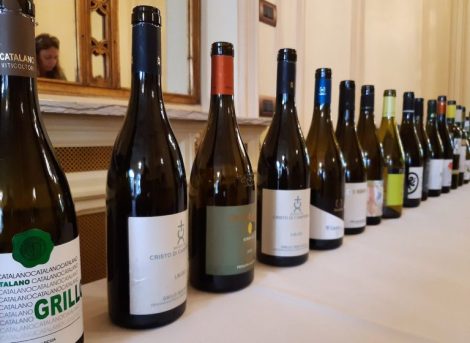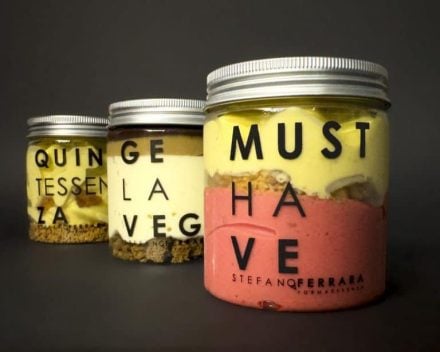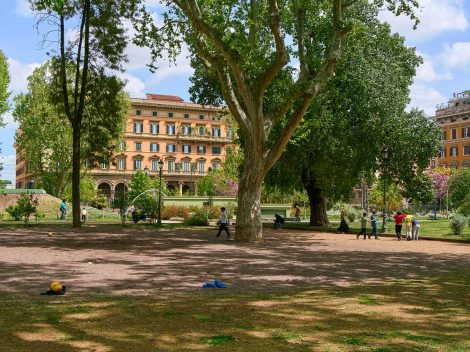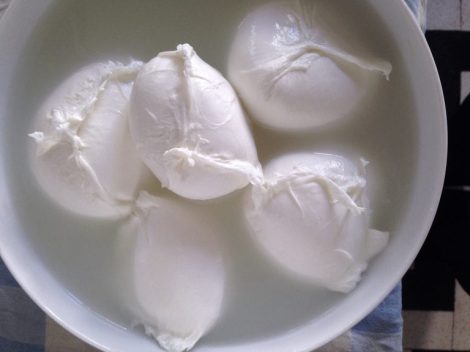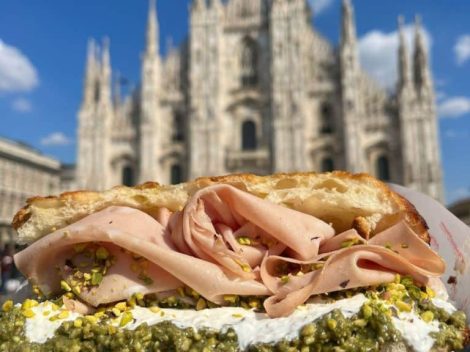Born at the end of the 1800s and quickly popular all over Europe soon after, how is espresso coffee – with its many variants: macchiato, ristretto, corretto – should actually be made? With this mini guide created with the precious help of Alessandro Galtieri of bar Aroma in Bologna we want to highlight all the step-by-step passages necessary to make a fine espresso coffee. In addition, our desire is raise the bar of quality in the average Italian coffee bar, which is still sadly subpar in comparison to coffee houses abroad. Bound to false myths and legends, these bars need to up their game. Our guide aims to help coffee consumers to spot the difference between a well-trained barista and a careless one. What follow are the seven precautions every careful pro coffee brewer should be following for a fine cuppa.
For those curious to see, we filmed a short clip at bar Otbred in Rome, a EUR bar as part of the Marjani project by Alessandro Pau, and with the help of Pietro Rastelli, barista and Aicaf Accademia Italiana Maestri del Caffè trainer.
1. The purge
This is a key moment in coffee brewing. Before pulling an espresso, to guarantee a clean machine and a pure beverage, the barista must hook the empty portafilter handle and open the water flow to clean the filter from the previous coffee and rinse the machine’s parts. This must be done before making each and every espresso.
2. Cleaning the portafilter
Next the barista must clean the portafilter with specific brushes and fabric cloths to clear away any traces of coffee grounds remaining in the portafilter. The legend many baristas swear by that the previous coffee’s grounds confer “flavor” and “aroma” to the following cup is totally wrong. The only characteristic used coffee grounds can confer are unpleasant, like a burnt flavor. It is therefore not enough to bang the portafilter violently against a wooden bar to clean it, it must be carefully wiped clean by hand for every cup.
3. The grind
Coffee beans must be ground especially: after only 15 minutes from grinding the product loses 65% of its aromatic profile. In many bars the beans are already ground, which the barista simply measures before extracting each cup: this comes with a great loss of scent, flavor and freshness. The product in its pure form must always be in beans and kept in the designated conical container whose walls are mandatorily transparent and perfectly clean. Often these containers are yellowed and dusty: that patina is given by the essential oils contained in the coffee beans, which with time, oxidize and contaminate with rancid flavor the beans that come in contact with the dirty surface...
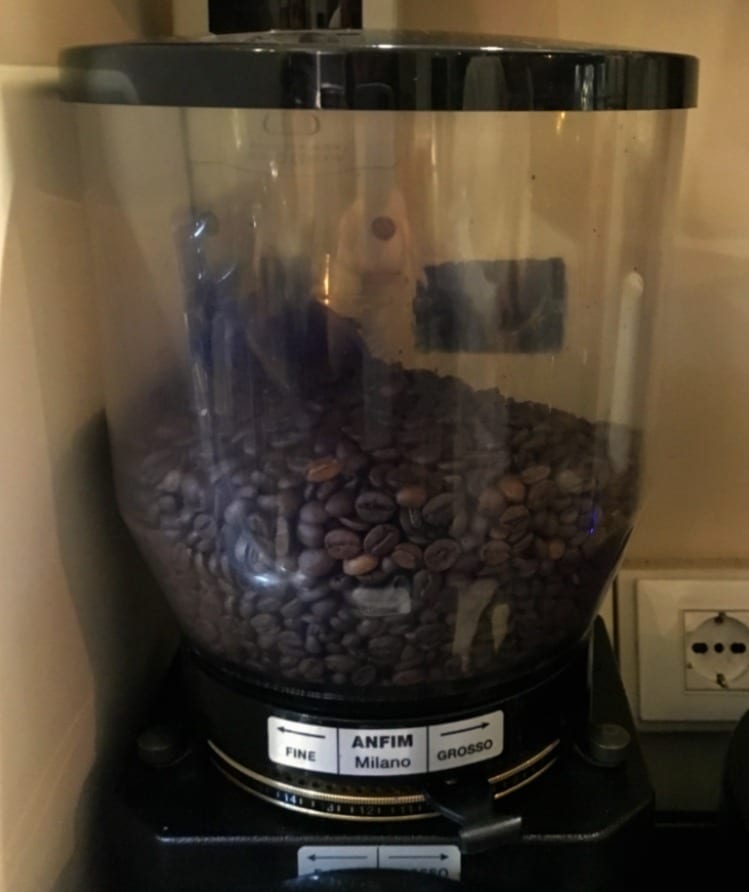
4. Compacting
Once the beans are ground, the powder must be compacted and pressed down with a manual stamp, which is the only implement that can help the barista’s precision. Many baristas rely on the standard and built-in press that comes with many grinders, but these are often improperly shaped, usually smaller than the portafilter.
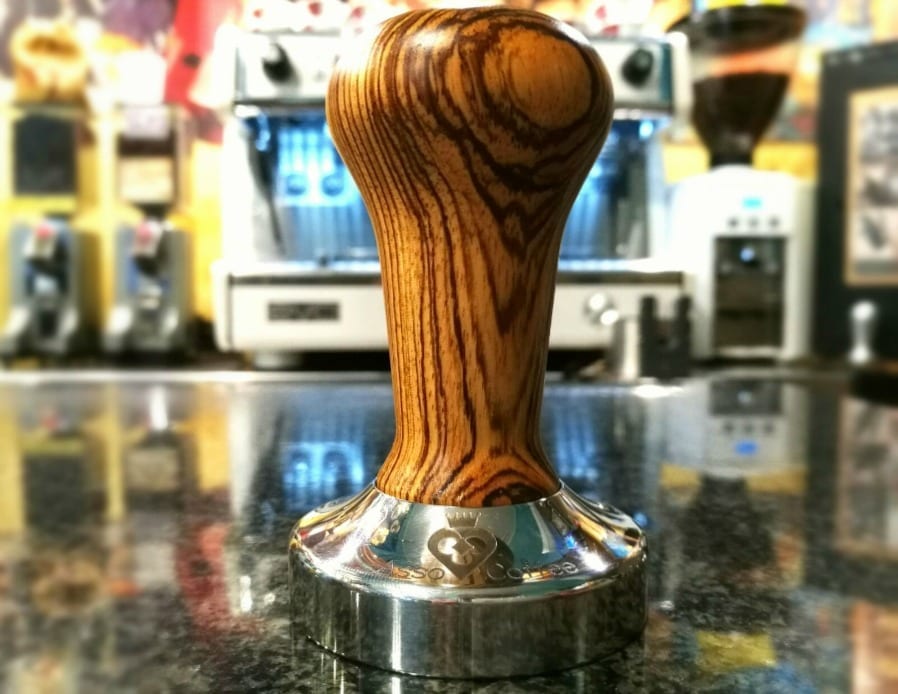
5. Cleaning the portafilter – part deux
The portafilter is then cleaned again on the rim to eliminate the excess coffee powder. By skipping this step, the coffee powder on the rim of the portafilter will burn during extraction, lending the obtained beverage an unpleasant flavor. In addition to this, the unwiped excess may damage the equipment’s rubber gaskets.
6. Cleaning the spouts
After cleaning the portafilter, the barista wipes the spouts, the two hollow openings from which coffee drips from. These must be cleaned before each extraction, like for all other parts employed during the process.
7. Extraction
The barista finally hooks up the portafilter and the coffee is extracted in approximately 20 - 30 seconds, according to Scae (Specialty Coffee Association of Europe) parameters.
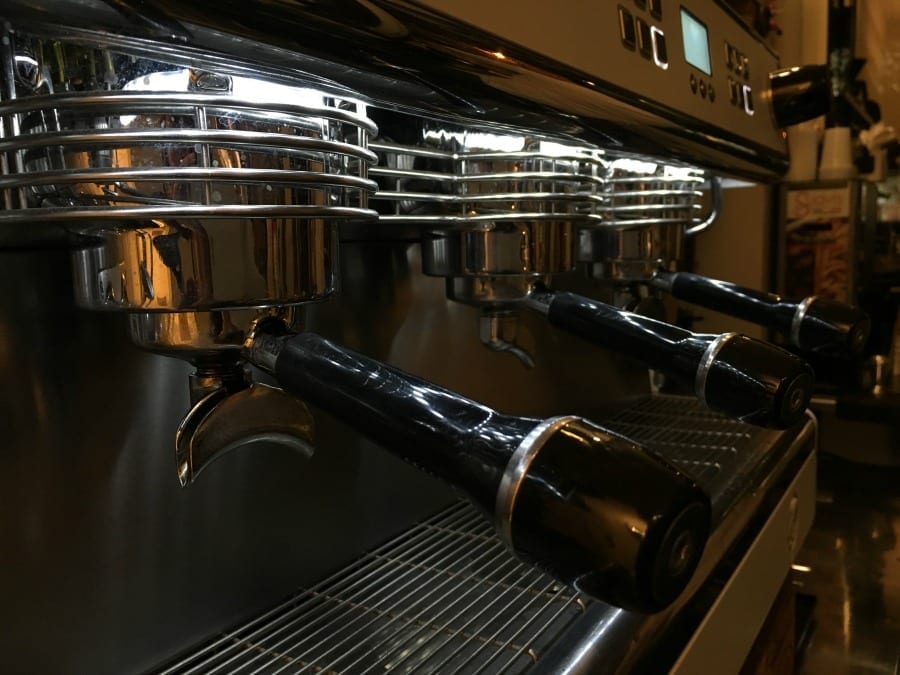
Cleanliness in a coffee bar is important not only during extraction, but also at the end of the work day. The espresso machine, the hopper and all other instruments used in making espresso should be wiped clean regularly with specific detergents.
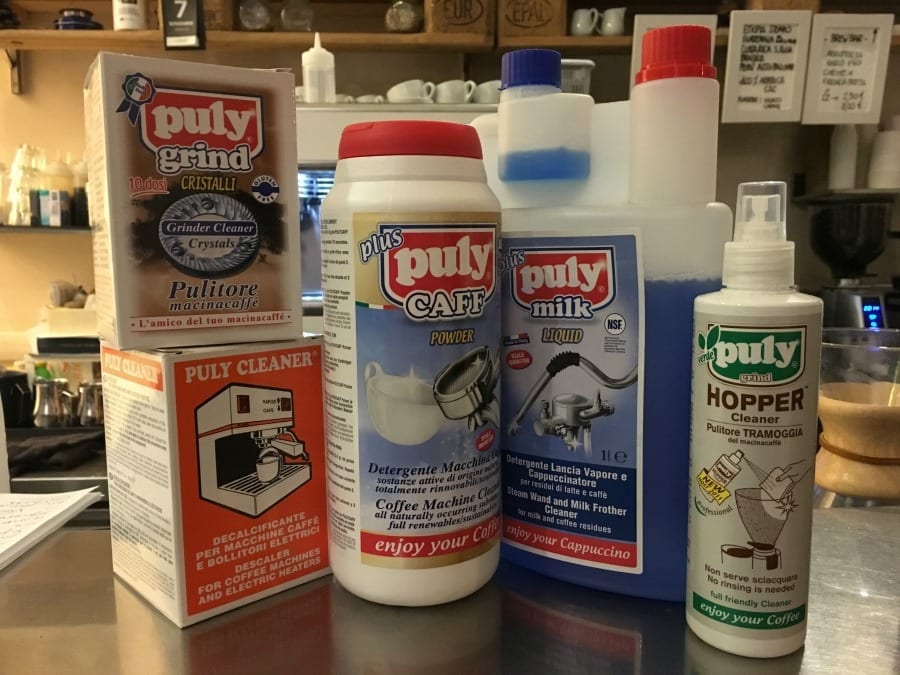
And if you're ordering a macchiato...
For those unable to give up on that dash of milk that “stains” the espresso, there’s a further detail that needs close attention: the steam wand that froths the milk in the pitcher. It must always be wiped clean with a specific cloth after each use. Be wary therefore of places where steam wands are coated in a thick white layer. That is none other than previously steamed milk that has adhered to the steel wand. Furthermore, the barista must change the milk. Any steamed milk remaining in the pitcher should be discarded. Re-steaming the milk a second time will not produce the desired froth, rather burn the milk.
…Or a caffè lungo
Another variant of espresso that’s often ordered is “caffè lungo”, i.e. a cup filled with a larger quantity of beverage that’s more diluted. A skilled barista will dilute a regular espresso with hot water, not extending the extraction time. Extraction time – that changes according to bean variety, coffee type, degree and freshness of roasting – is key to obtaining a fine cup of espresso. Modifying extraction time will hinder the flavor of the coffee.
Dose, timing and temperature
Let’s crunch some numbers. Regarding quantity, classic Italian espresso canons demand 7 grams of ground coffee powder per cup. Many baristas – especially outside of Italy – use double that amount, sometimes triple. It’s important to specify that the dose of coffee powder may vary depending on the type of beverage, on the roasting and freshness of the beans. It is therefore impossible to pinpoint an exact and constant quantity.
As far as time of extraction, as mentioned, the length dictated by Scae is between 20 and 30 seconds, but classic Italian espresso is extracted in 25 seconds. There are different schools of thought and are based on technique and coffee differences. How does this parameter influence final outcome? The amount of time that water is in contact with the coffee powder is what influences the extraction of aromatic components from the coffee bean that go into the beverage. The lengthier the extraction the more water soluble substances will be present in the beverage. This is not necessarily a good thing though. Some of these substances are not pleasant. The goal is therefore finding balance.
What makes good espresso?
Quality espresso is one that contains that balance, with wiggle room for small exceptions. Every coffee can be more or less acidic, more or less sweet and so forth, but in the end the coffee must not possess marked peaks.
And the coveted “crema”? In this case too, as far as the caramel colored froth floating in the espresso cup there are different schools of thought. In Italy there’s a tendency to seek out a “crema” that covers the entire espresso and that is persistent; while other baristas outside of Italy care more about the cup’s flavor than its frothy cap. Some go as far as actually removing it. What “crema” are we talking about, though? It’s a carbon monoxide emulsion that increases when the coffee is freshly roasted. As every emulsion, it’s an unstable compound that should be present for at least 1 minute to 90 seconds, tops.
Espresso and filter coffee will be discussed at the upcoming b2b event in Turin, Gourmet Expoforum. Here are all the appointments:
Caffè. Conoscerlo, saperlo scegliere
Il caffè nella ristorazione. Come migliorarlo?
Il caffè tra moda e cultura: l'Espresso e il Caffè filtro
by Michela Becchi
translated by Eleonora Baldwin
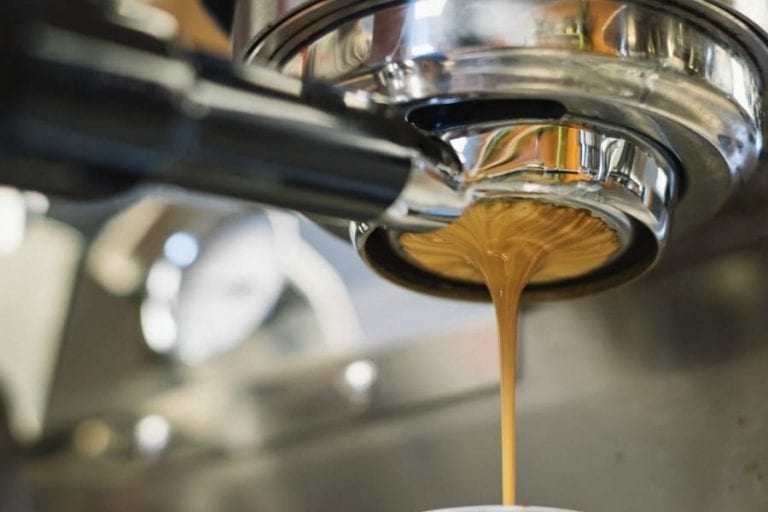
 A Riesling from Oltrepò Pavese is the best quality-price ratio wine in Lombardy according to Gambero Rosso
A Riesling from Oltrepò Pavese is the best quality-price ratio wine in Lombardy according to Gambero Rosso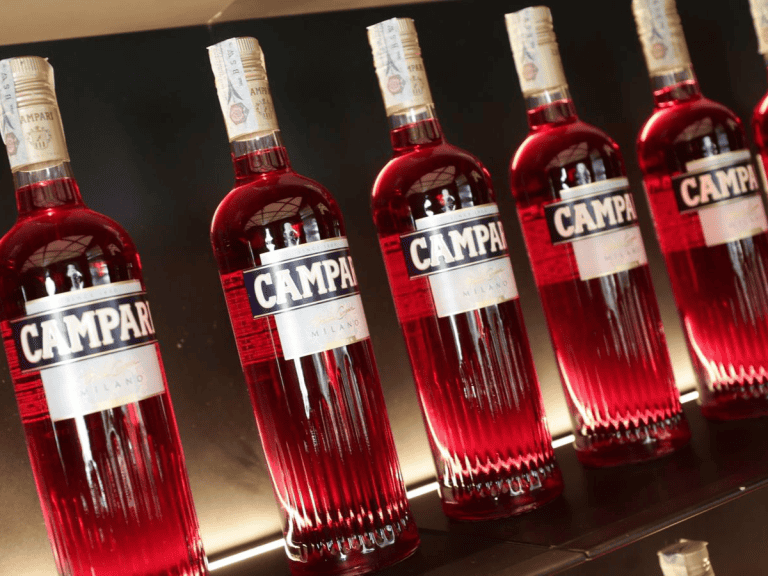 "The Campari recipe? It's a secret, only five people know it." Journey into the factory of the world's most famous red
"The Campari recipe? It's a secret, only five people know it." Journey into the factory of the world's most famous red 57 million bikers on vacation on farms, the Cycling Federation and Agriturist focus on cycle tourism
57 million bikers on vacation on farms, the Cycling Federation and Agriturist focus on cycle tourism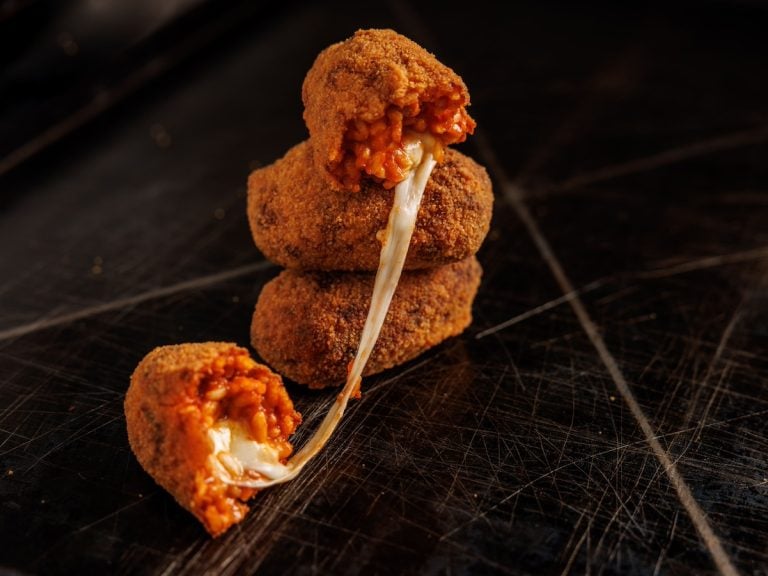 A new era for Casa del Supplì: opens a new location and considers franchising
A new era for Casa del Supplì: opens a new location and considers franchising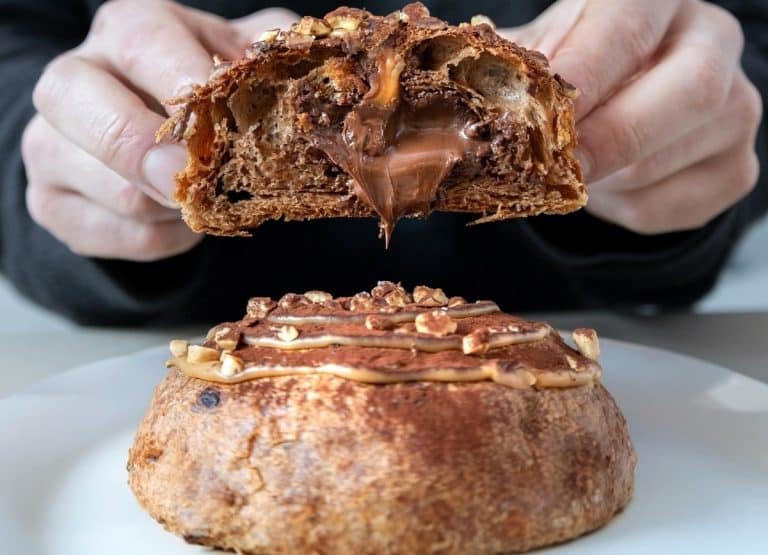 In Milan, a specialty café with gelato is opening near Bocconi University
In Milan, a specialty café with gelato is opening near Bocconi University
